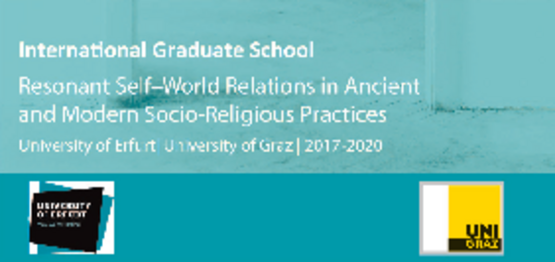Behnaz Ghazi Moradi
Spatiality, religion, and body: Relocating female experiences in Post-Revolutionary Iran
For understanding the collective and spatial meanings around the concept of body, the project examines how the body of women in the urban space might lead to destabilizing normative articulations of power, religion, and the state in modern Iran as well as dealing with questions such as how a sexualized female body performs within spatial and temporal networks and accepts different roles which ultimately creates diverse forms of sentiments.
For this purpose, the text turns to post-revolutionary female embodiment to provide an alternative insight into the experiences that have been perceived, desired, imagined, repressed or forgotten in the past 4 decades. For denaturalizing the spatial and discursive realms that might also regulate religious beliefs and values, re-thinking of conventional notion of urban space as more visible and more accountable to its constituents including religious elements is vitally important since one can say ‘urbanity’ would construct and in turn be constructed by fluid embodied identities in an intensely dialectical way. The images, symbols, and perceptions of local people about themselves, subcultures, spiritualities, and rituals all contain certain spatial and bodily perceptions, none of which are devoid of religious elements in modern Iran. This spatial perception and associated fantasies are largely revolving around symbolic representations of landscapes (memorial buildings, or major events), and usually articulate according to the distinction of imagined space, lived place, and some other cultural aspects including religiosity of local people. Spatiality examines in this text as a realm of the ‘perceived’, the ‘imagined’, and the ‘lived’ orders interwoven by a complex domain of human interactions from fantasies to memories, from non-material to material being.
Internationale Graduiertenschule
